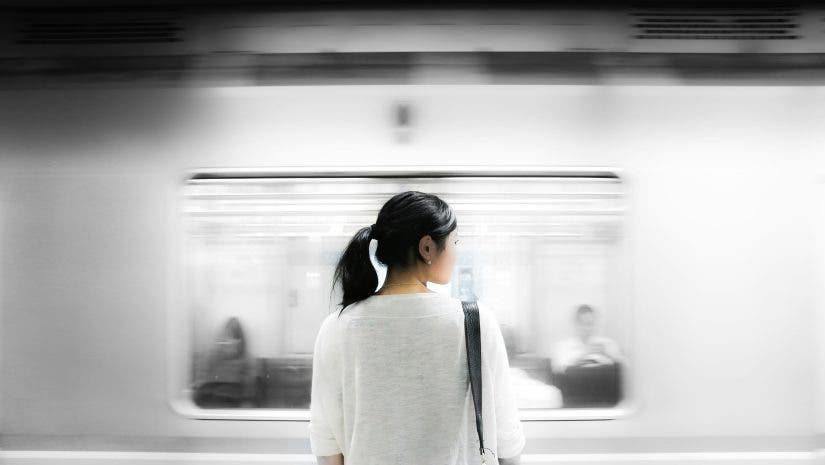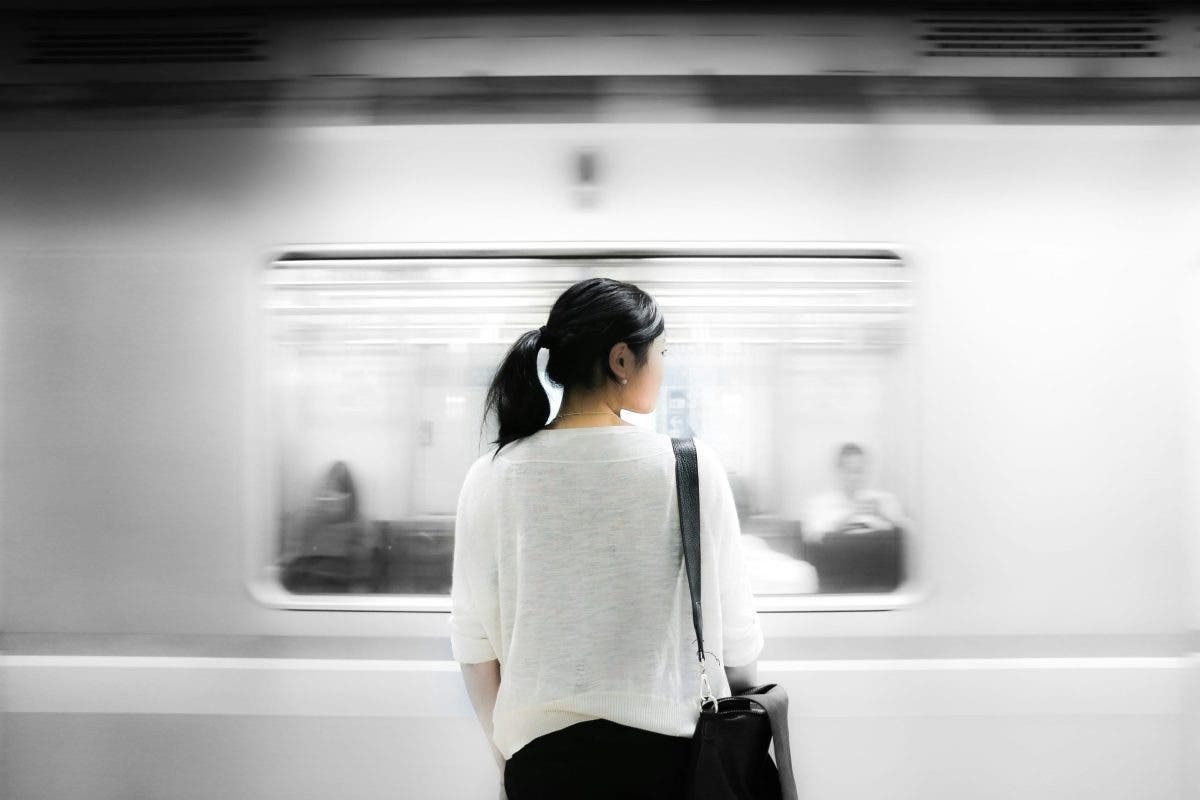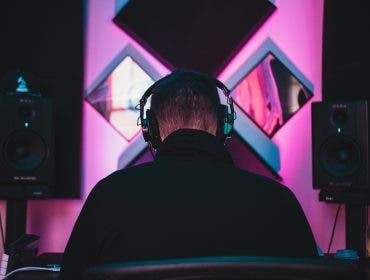In a world where everyone has a camera in their pocket and privacy concerns loom above larger than ever, street photography in 2024 has become trickier to do. Capturing candid moments used to be all about seizing the magic of everyday life, but now, privacy laws, ethics, and an ever-cautious public are setting standards and boundaries (as they should).
Fear not, brave photographer! This guide is here to help you tackle privacy challenges while staying true to your photography. We’ll cover everything from legalities to ethical Qs, as well as tips to up your street photography game in 2024 without crossing any blurry lines.
What is street photography?
At its core, it is capturing real moments of everyday life in a public place. These pics show the raw, unfiltered emotions, and behaviors of strangers just going about their day. In street photography, the photographer becomes an observer, capturing stories that are hidden in plain sight.
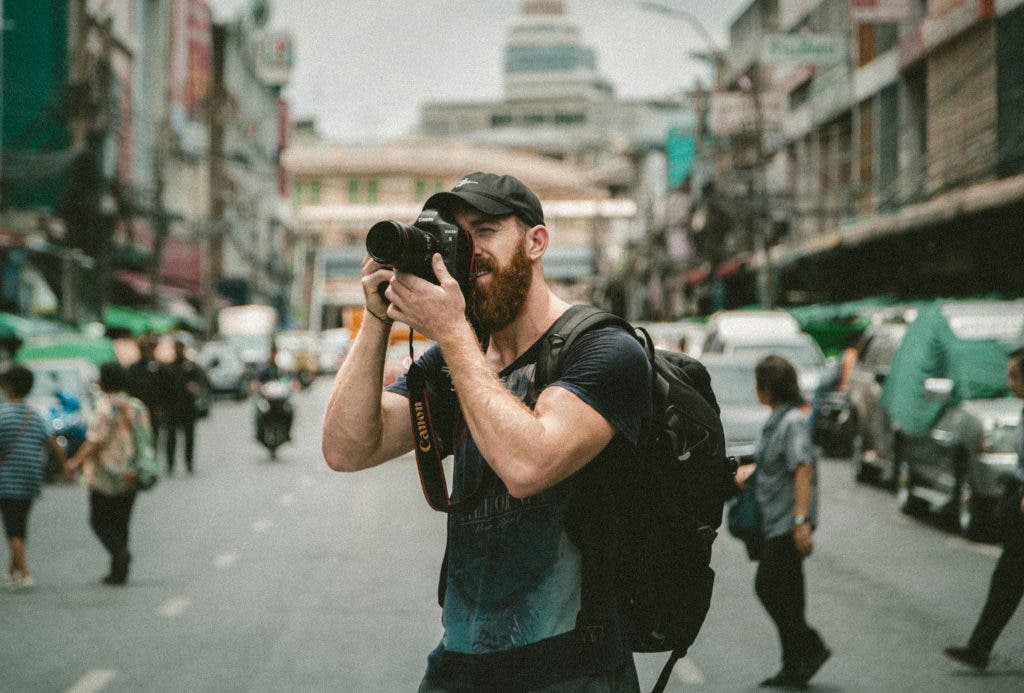
Traditionally, street photographers use natural light, real locations, and unposed subjects. Think Henri Cartier-Bresson or Vivian Maier. Both their black-and-white images depict intimate slices of urban life.
But while street photography has always been about documenting real-life moments, times have changed. With increased attention to privacy rights and more people wary of being photographed without consent, you have to be aware of more than just your composition and light.
Let’s talk privacy concerns.
Privacy issues in street photography in 2024 have risen along with the rise of digital media. People are more aware of their rights and have understandable concerns about where their images might end up. Could that random photo of someone crossing the street appear on a blog or go viral without their permission? With online platforms, image-sharing capabilities, and data breaches, this is a real and very valid fear.
And it’s not just about ethics. There are legal consequences too. There exists newer regulations like the European Union’s General Data Protection Regulation (GDPR). But other countries might have different laws. Privacy varies widely across regions, so it’s essential for you to understand local laws to avoid lawsuits or angry confrontations. You wouldn’t want that, would you?
Legalities of street photography in 2024.
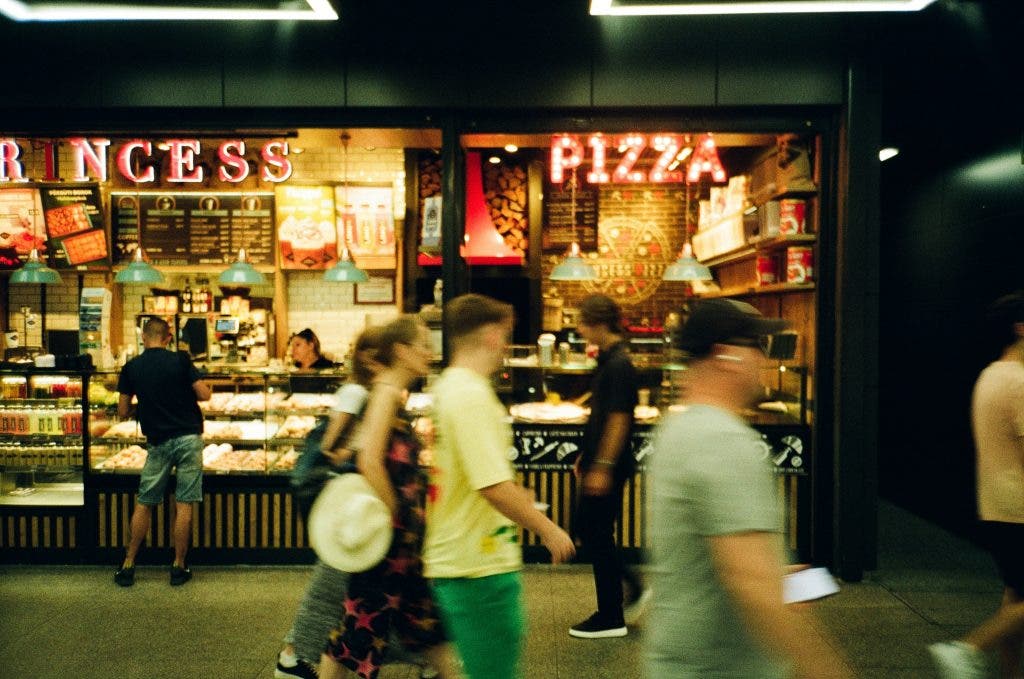
Laws vary according to location. In countries including the U.S., if someone is in a public space, they don’t expect privacy. So, you’re usually free to photograph people in public without their consent. However, there are limits and exceptions. What are they?
- Public vs Private Spaces: You can photograph in public spaces like streets, parks, and beaches. However, private spaces (restaurants, shops, etc.) may have restrictions.
- Commercial Use: Even if the photo is legally taken, if you plan to use it for commercial purposes (ads, marketing, etc.), you’ll need a model release from the subject.
- GDPR in Europe: Because of GDPR, photographs of identifiable individuals in public spaces may fall under “personal data.” This complicates things for photographers in the EU who want to post images online.
- Children: Always tread carefully when photographing minors. Even if it’s technically legal, it can lead to confrontations or, worse, jail time.
How to Take Street Photography in 2024, Amidst Privacy Concerns
Here’s a list of tips for you on how to capture those unguarded moments. The ones where life unfolds naturally, and everyone moves without the filter of self-consciousness. With privacy concerns on the rise, you just need to know that these moments require a more delicate touch and a smart approach.
Here’s how you can continue to do what you love while respecting the privacy of your subjects:
1. You have to blend in like a local.
Be one with the scenery. How to do that: ditch the brightly colored clothes, any flashy jewelry, and big camera gear. Opt for neutral tones and your everyday comfy clothing.
A compact and unsuspecting camera is your best ally here. Mirrorless cameras, like the Sony Alpha 7C or the Ricoh GR III, are fantastic for this. They’re small enough to go unnoticed but still deliver high-quality images.
2. The busier, the better.
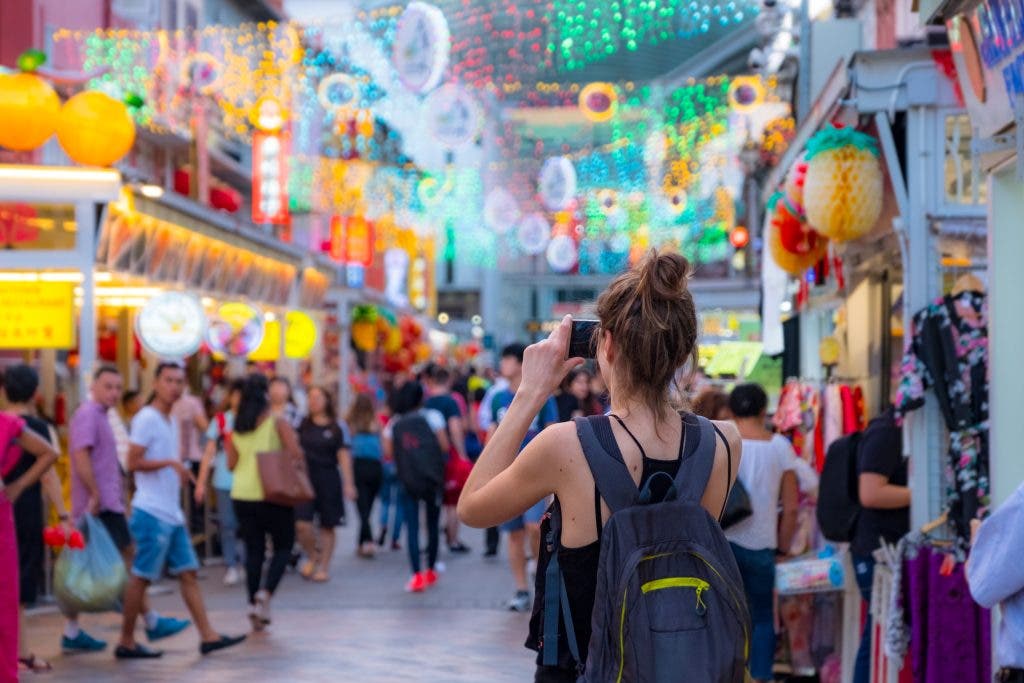
The busier the environment, the easier it is to be one with the people. Markets, festivals, and tourist hotspots are some of the best locations for street photos. In those areas, people are generally more relaxed and less concerned about being photographed.
In these settings, everyone’s snapping away, so your camera is just another drop in the ocean of clicks. Moreover, people in these places often expect to be photographed. These people could be tourists, performers, or vendors.
3. Timing is everything.
The right moment can make or break a shot. However, it’s also crucial for minimizing privacy issues. Mornings and late afternoons provide great light and, depending on your location, can be less crowded. It gives you room to capture more thoughtful and less chaotic scenes.
To avoid catching someone in a less-than-ideal spot, keep an eye on your surroundings and try to anticipate moments before they happen. Please do not snap or keep shots that feel invasive or embarrassing to your subjects.
Get creative with angles and composition.
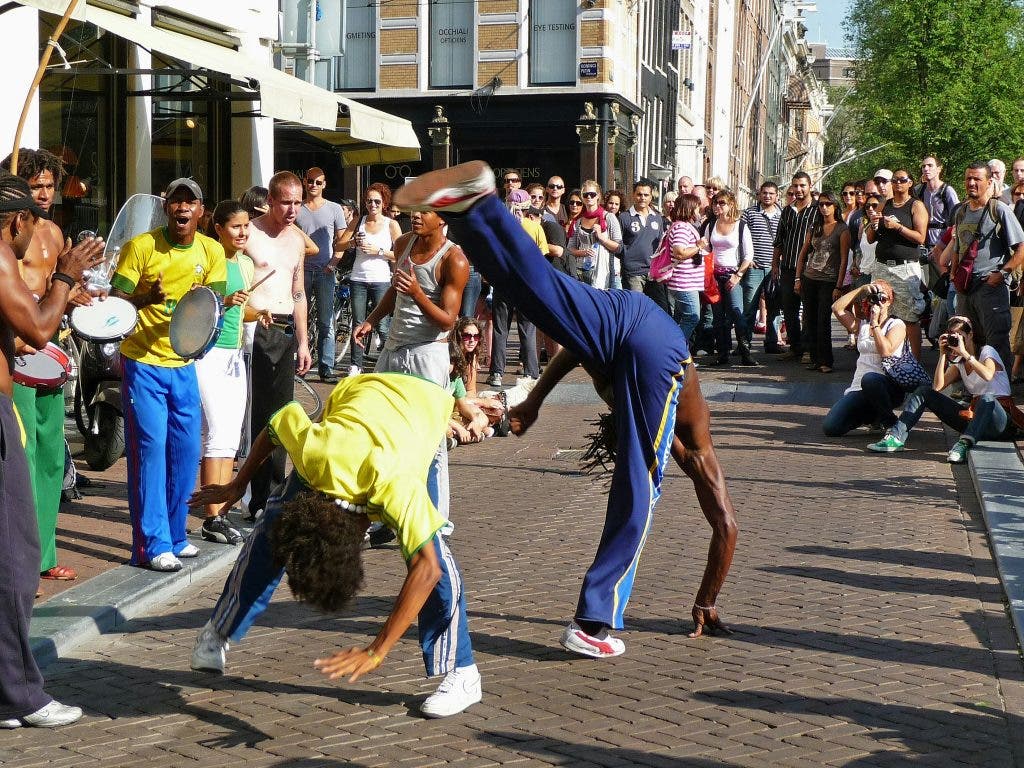
Not every great street photo needs a clearly identifiable face. In fact, some of the most compelling images focus on body language or just the interaction between people and surroundings. Shooting from behind or focusing on hands, feet, or silhouettes can tell a powerful story. All while maintaining your subject’s anonymity.
Experiment with reflections, try capturing subjects through windows or mirrors. Also, this’ll add an extra layer of intrigue and respect for privacy.
Master the art of the ‘Non-Verbal Consent.’
Non-verbal consent might sound a bit crazy. However, it’s really just about reading the room. Or, in this case, the street. Before you grab and raise your camera, make eye contact with your subject. If they seem uncomfortable or turn away, take the hint and move on. If they don’t mind, you might get a subtle nod or even a smile. This quick, almost subconscious exchange can set a respectful tone and avoid misunderstandings later.
If you’re shooting in a setting where you know privacy is a concern, consider taking the shot. After, approach your subject to explain what you’re doing. More often than not, people appreciate the honesty and are more than happy to be part of your project.
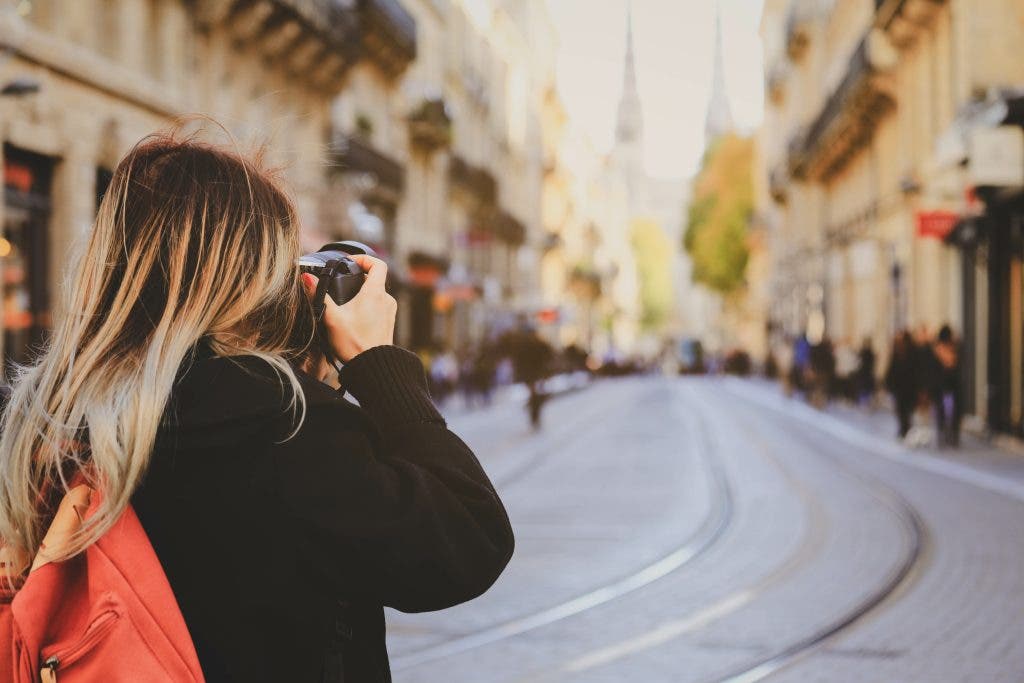
Know when to ask permission (and when not to).
Asking for permission upfront can ruin the spontaneity of a candid moment. However, sometimes it’s necessary, especially in sensitive situations. If you’re photographing children, elderly people, or anyone in a potentially vulnerable state, always choose to exercise caution and ask for consent.
On the other hand, if you’re shooting a bustling street scene, stopping to ask every single person would make you look more like a solicitor than a photographer. Use your judgment, and if you’re in doubt, it’s probably a sign to ask.
Try shooting from the hip.
If you really want to take candid shots that won’t attract attention, shoot photos from your hip. Hold your camera at waist level and take photos without bringing it up to your eye.
It takes some practice, but it allows you to capture more natural moments as people won’t be reacting to the presence of a camera. You’ll want to pre-set your focus and exposure, usually in a mid-range setting. Then, rely on your intuition and luck to frame your shot.
Be okay with deleting photos.
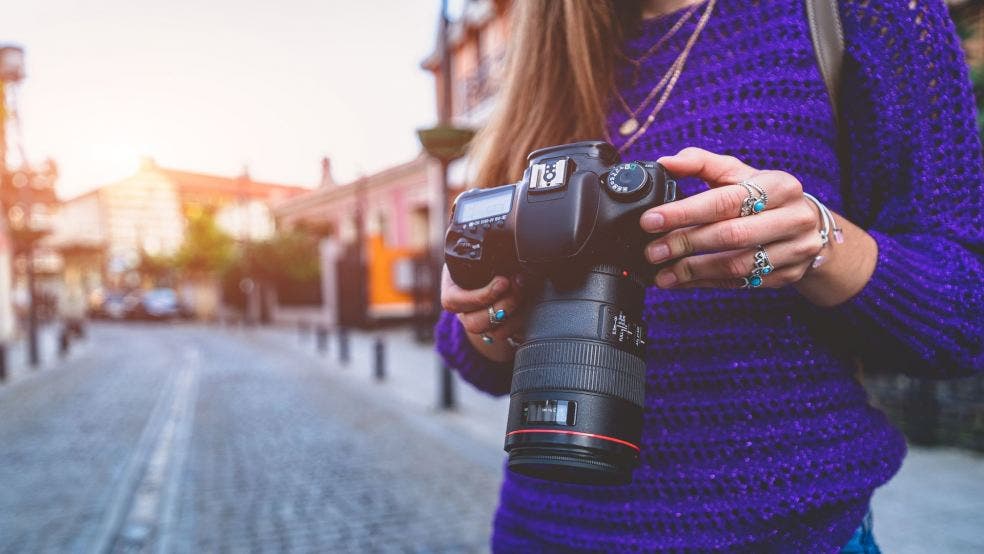
Sometimes, despite your best efforts, you might catch a shot that feels off. Maybe it’s too personal, or perhaps the subject noticed you and clearly wasn’t happy about it. If someone approaches you and asks you to delete a photo, just do it! Even if the law is on your side, showing respect for people’s wishes goes a long way. Plus, being defensive about it just makes you look like the bad guy.
Your street photography career in 2024 will survive the loss of one image. However, your reputation might not survive a heated confrontation.
Practice discretion in snapping street photography in 2024.
The excitement of capturing a great shot can sometimes make you not think about where it could end up. Before you post the pic online, pause and consider its possible impact. Could it embarrass or upset the person in the image? Maybe it captures them in a bad light?
If the answer to any of the above questions is yes, do not share the picture. As an alternative, you can blur their faces and omit their personal info in your captions.
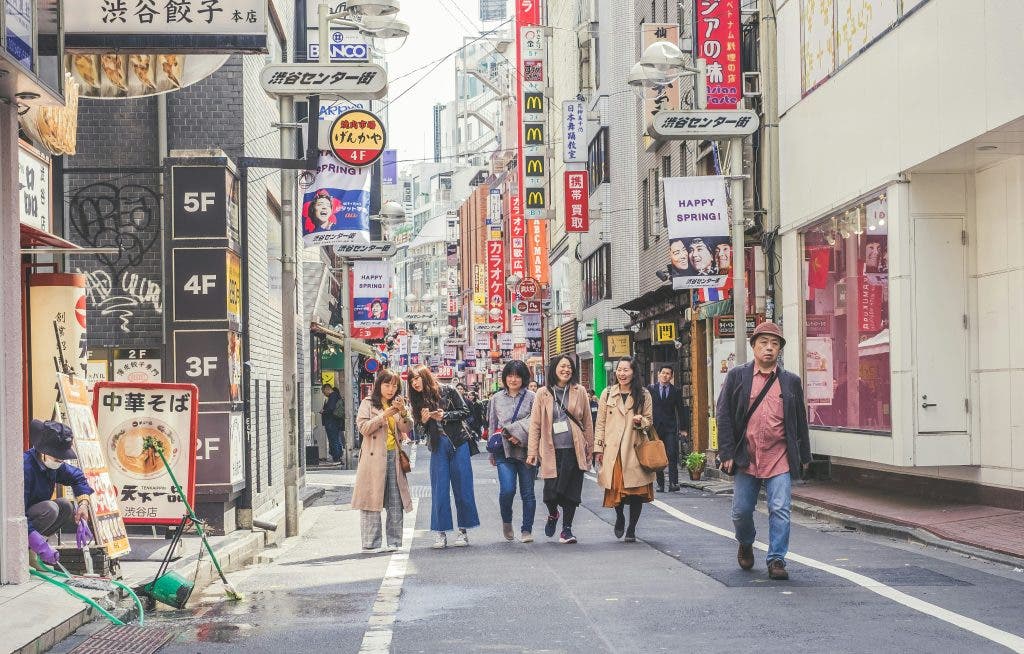
Connect with your subjects.
A smile, a nod, or a quick chat can turn a skeptical glance into a collaborative experience. This approach won’t work for every situation. However, when it does, it can lead to more meaningful images.
Bonus: The resulting images can reflect that trust and comfort.
Cameras, Lenses & More Gear for Street Photography in 2024
Be nimble, discreet, and ready for anything with gear that is as stealthy as you are. Here’s how to gear up like a street photography pro:
Cameras
The days of lugging around a hefty DSLR with a lens the size of a baguette are over. For street photography, a small, lightweight camera is the one!
Mirrorless cameras are perfect because they’re compact but still pack a punch in terms of image quality. Look for models with quiet shutters to get into ultimate ninja mode.
Lenses
For street photography, prime lenses are usually the way to go. They’re smaller, sharper, and encourage you to “zoom with your feet,” which means getting closer to the action instead of relying on a zoom lens. The most popular focal lengths for street photography in 2024 are 35mm and 50mm. They resemble what we see with our eyes!
Accessories
Accessories can make your street photography experience smoother. However, please avoid overloading yourself with unnecessary gear. Here are a few accessories we suggest for street photography:
FAQs: Street Photography in This Age
In many countries, yes! It’s important to do research about your location beforehand. If you want to use the photos for commercial use, you need consent.
Laws on photographing minors vary by country. Even in places where it’s technically legal, it’s better to only take pictures when you have permission from a guardian.
Generally, no. But if you’re in the EU, GDPR may apply. Identifiable images could be considered personal data, which means you may need the subject’s consent before sharing.
Be respectful and discreet. Blend into your surroundings, and if someone notices you, interact with them in a respectful manner.
Respect their wishes. It can help build trust and avoid conflicts.
Street Photography in 2024: Respect Everyone’s Privacy!
Street photography in the age of privacy concerns doesn’t have to be treated like a minefield. By staying informed, respecting your subjects, and using creative techniques, you can continue capturing the world while respecting privacy.
Remember, photography is about human connection — honoring that will make your work even more impactful.
